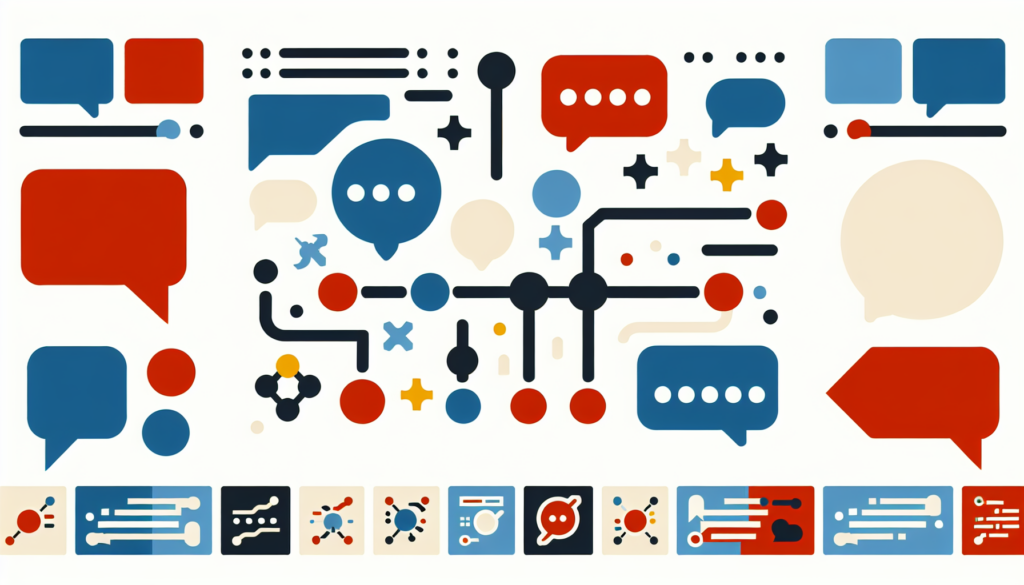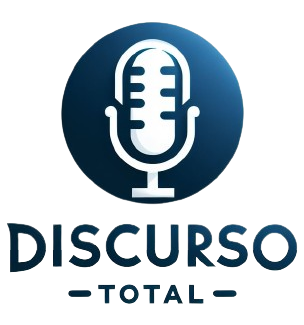Connectors in English Discourse

In any speech or written piece, the use of connectors is crucial for maintaining coherence and guiding the audience through your ideas. Connectors help to link different parts of a discourse, showing the relationships between ideas and making the overall message more clear and easy to follow. In English discourse, there are various types of connectors that serve different purposes, from showing cause and effect to contrasting ideas. In this article, we will explore some common connectors in English discourse and provide examples of how they can be used effectively in speeches.
1. Additive Connectors
Additive connectors are used to add information or ideas to what has already been said. They help to expand on a point or provide additional examples. Some common additive connectors in English include: in addition, furthermore, moreover, also, besides, what's more, not only...but also.
Example: "In addition to reducing greenhouse gas emissions, renewable energy sources also create new job opportunities in the clean energy sector."
2. Contrast Connectors
Contrast connectors are used to show a difference or opposition between two ideas. They help to highlight a contrast, emphasize a point, or introduce a different perspective. Some common contrast connectors in English include: but, however, on the other hand, in contrast, nevertheless, whereas, while, although.
Example: "The new policy aims to promote sustainable practices in agriculture, but some farmers are concerned about the potential impact on their profits."
3. Cause and Effect Connectors
Cause and effect connectors are used to show the relationship between a cause and its effect. They help to explain why something happened or predict the consequences of an action. Some common cause and effect connectors in English include: because, since, as a result, therefore, consequently, thus, hence, due to, owing to.
Example: "Due to the lack of rain, crops in the region are withering, leading to a significant decrease in food production."
4. Sequence Connectors
Sequence connectors are used to show the order of events or steps in a process. They help to organize information chronologically and guide the audience through a series of actions. Some common sequence connectors in English include: firstly, secondly, next, then, afterwards, finally, in conclusion, to sum up.
Example: "Firstly, we need to assess the current situation. Secondly, we will develop a plan of action. Finally, we will implement the necessary changes."
In conclusion,
Connectors play a vital role in English discourse by linking ideas, showing relationships, and guiding the audience through a speech or written piece. By using a variety of connectors effectively, speakers can create a coherent and engaging discourse that is easy to follow and understand. So next time you are preparing a speech or presentation, remember to incorporate connectors to enhance the flow and coherence of your message.

Discursos Relacionados